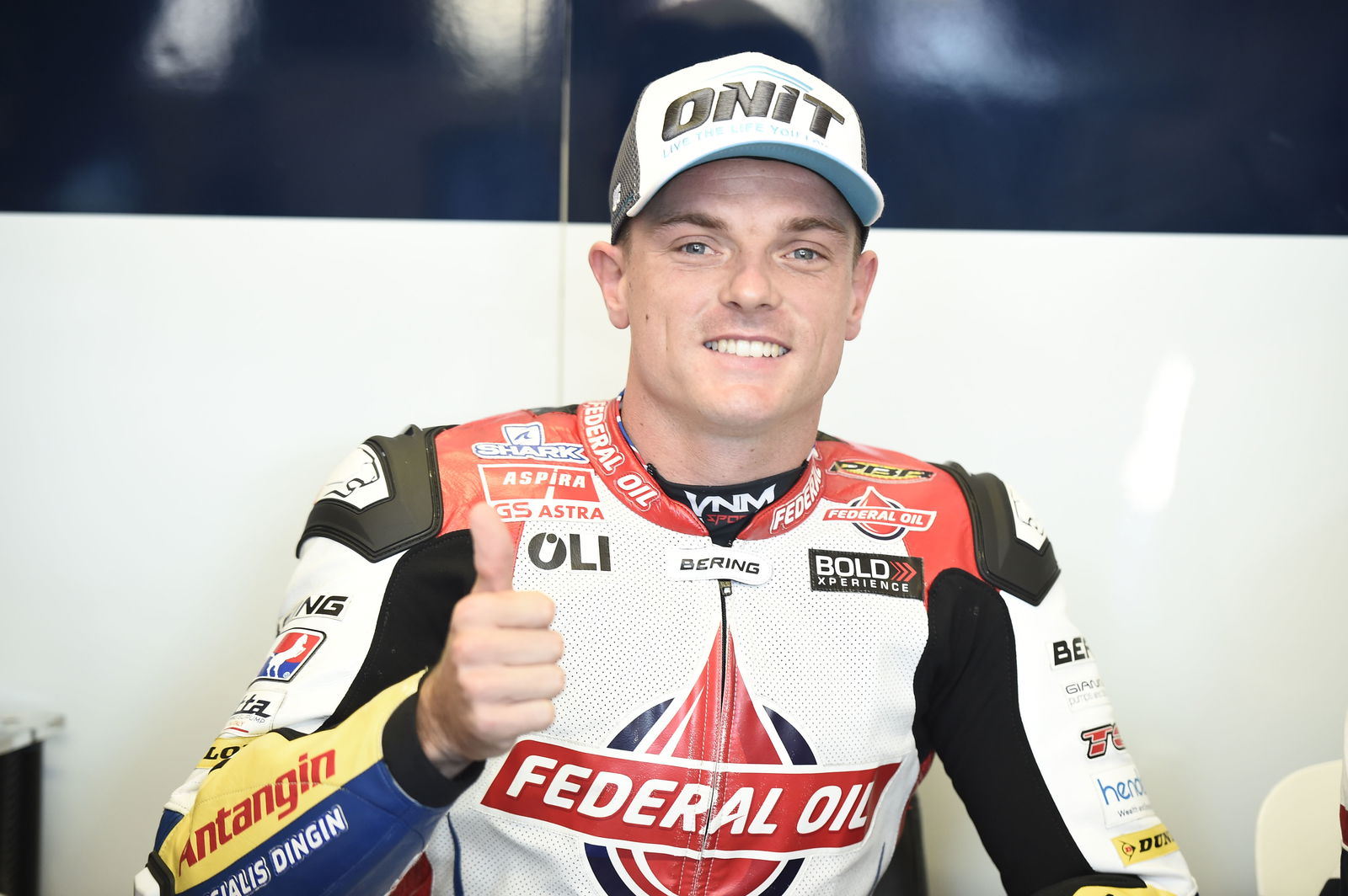It’s official, ‘wings and chins’ are here to stay in MotoGP
The controversial 'wings' and 'chins' on the MotoGP bikes are finally enshrined into the regulations in an attempt by the series to better control their use

They have been the topic of fevered discussion in recent years with teams crying foul that they are against the regulations, while fans simply don’t like the look of them… but MotoGP has confirmed ‘wings’ and ‘chins’ are here to stay having now been enshrined into the regulations.
The debate over winglets was sparked back in 2016 when Ducati turned up with ‘spoilers’ which worked in a similar principle to wings on Formula 1 cars, supplying more downforce and grip. However, fans were rather unimpressed by the unsightly new additions, while (envious) rivals complained they were against the rules before copying them anyway.
In the end, the wings were banned but enjoyed a return of sorts in recent years dubbed as ‘aero farings’ which are more integrated into the design discreetly whilst offering similar benefits.

Why are the wings now legal?
This is an attempt by MotoGP to give a little in order to get more co-operation back.
Each time MotoGP lays down a law, a manufacturer – usually Ducati – goes away and find loopholes in it and the process starts again. In short, the governing body is constantly reacting to ‘sneaky’ teams pushing the envelope as far as possible.
By allowing the wings, with conditions, the governing body regains the control again and removes some of the secrecy that inevitably ends up in a backstage drama.
As such, wings and also the swingarm ‘chin’ (or spoon) that Ducati debuted in Qatar under the guise of it being purely for fuel saving and not downforce – a justification flatly decried by rivals who said they’d flouted regulations again – are not permitted but under the ‘Aero Body’ rules.
So, whilst they are allowed, it means MotoGP can now regulate them properly. This means there is a only one design update permitted per season, while there are clearer limits on size and shape to act as a ‘roof’ for development.
"We believe that once you have a good base with the technical regulations, stability pays off in terms of cost control and closing the technical gap between the teams," MotoGP Director of Technology Corrado Cecchinelli told our sister publication, Crash.net.

